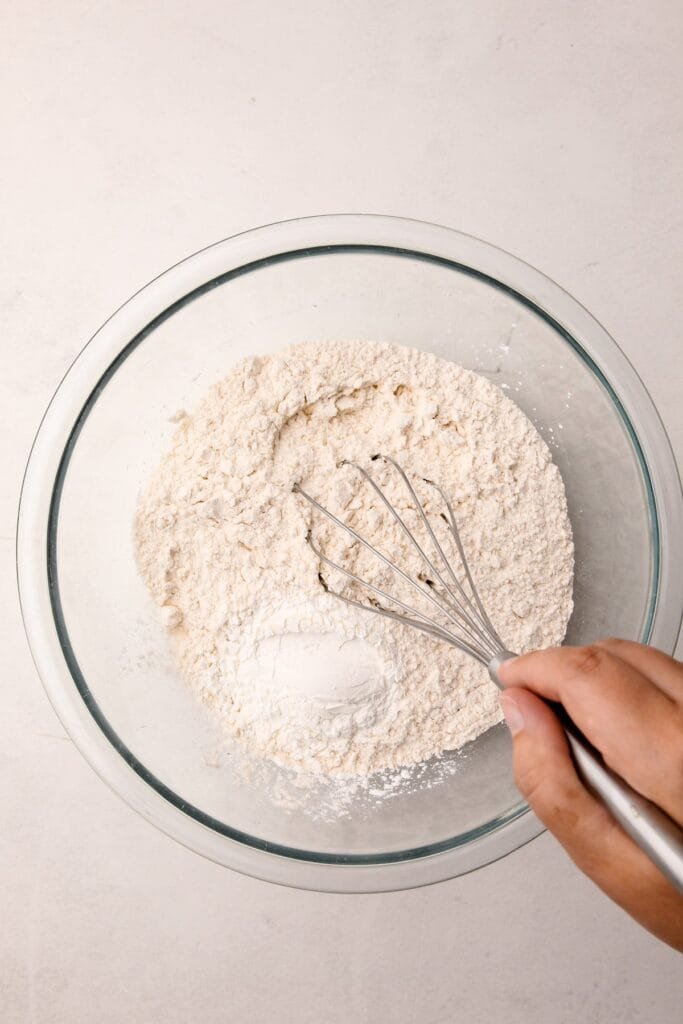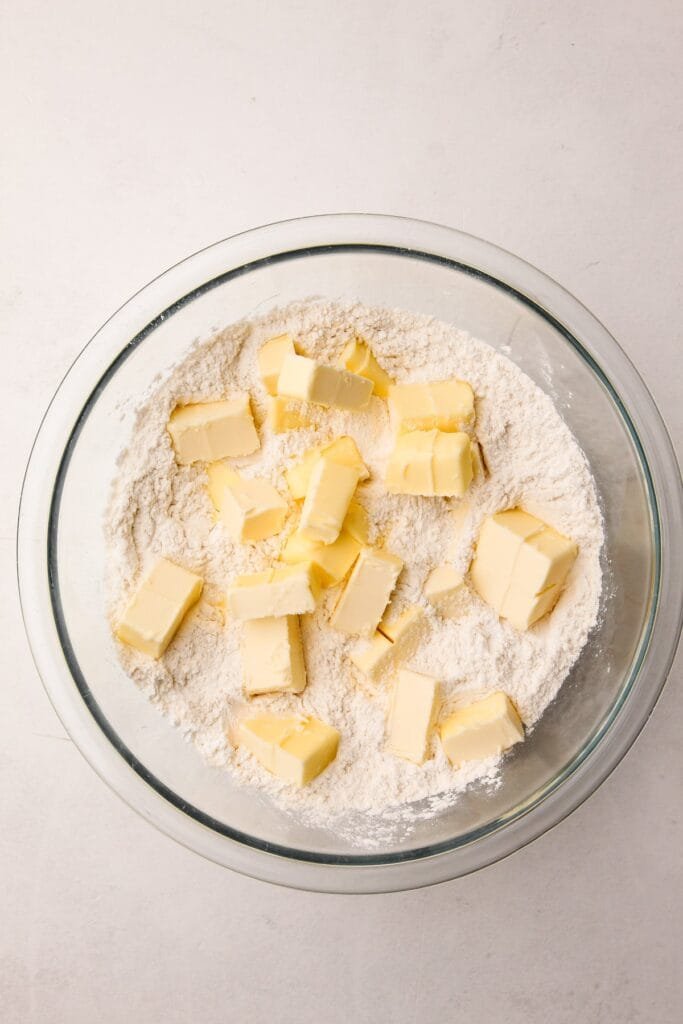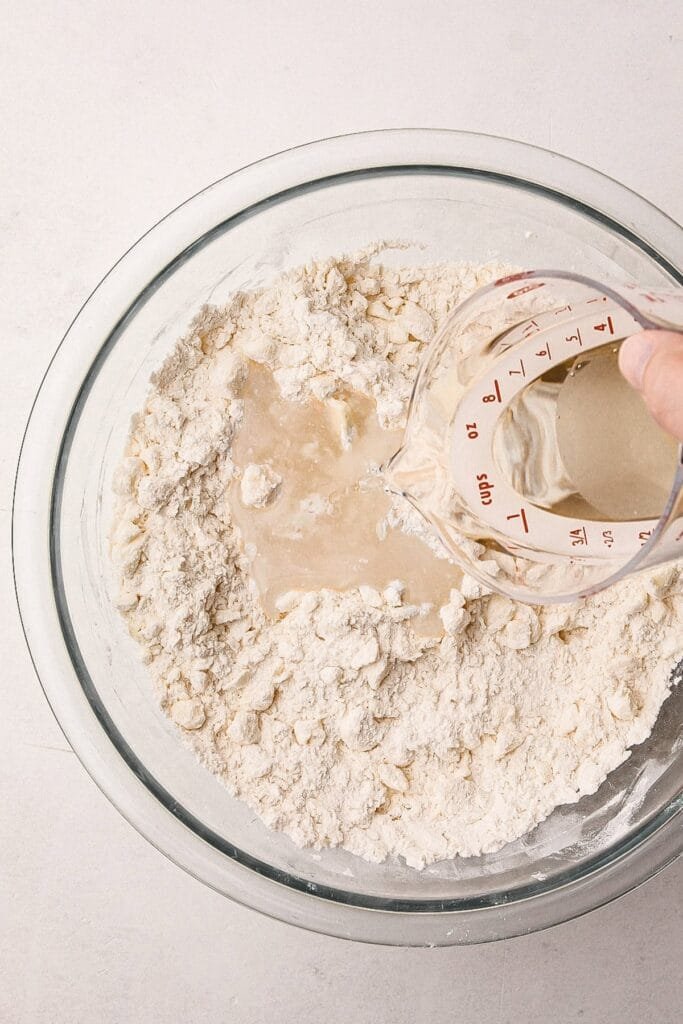How to Use a Pastry Blender: The Ultimate Guide for Perfect Pastries
Creating flaky, tender pastries starts with mastering the fundamental technique of using a pastry blender. This essential kitchen tool helps you achieve the perfect texture in pie crusts, biscuits, and other delectable baked goods. In this comprehensive guide, we’ll explore everything you need to know about using a pastry blender effectively, along with some tried-and-true recipes to put your skills to the test.
Table of Contents

What is a Pastry Blender?
A pastry blender, also known as a pastry cutter, is a handheld tool featuring multiple U-shaped metal blades or wires attached to a handle. This simple yet ingenious device is designed to cut cold butter or shortening into dry ingredients, creating the small, uniform pieces necessary for flaky pastry dough.
Why Use a Pastry Blender?
Using a pastry blender offers several advantages over other mixing methods:
- Temperature Control: Your hands’ warmth can soften butter too quickly, while a pastry blender maintains the cold temperature necessary for flaky results.
- Consistency: The uniform blades create evenly sized butter pieces throughout your dough.
- Efficiency: A pastry blender works faster than using two knives or your fingers.
- Better Texture: Proper use of a pastry blender leads to perfectly flaky layers in your finished baked goods.

How to Use Your Pastry Blender Effectively
Preparing Your Ingredients
Before using your pastry blender, ensure all ingredients are properly prepared:
- Cut cold butter into 1-inch cubes
- Measure dry ingredients accurately
- Chill your bowl if working in a warm kitchen
- Have ice water ready if your recipe requires it

The Basic Technique
- Add your cold butter cubes to the measured dry ingredients in a large bowl
- Hold the pastry blender firmly by its handle
- Press down through the butter and flour mixture using a rocking motion
- Continue cutting until the mixture resembles coarse crumbs or reaches the size specified in your recipe
- Clean the blades periodically if butter starts to accumulate

Common Mistakes When Using a Pastry Blender
- Using warm butter
- Overworking the dough
- Not cleaning the blades during use
- Pressing too hard and bending the blades
- Not maintaining consistent pressure
Essential Recipes Using Your Pastry Blender
Classic Flaky Pie Crust Recipe
Ingredients:
- 2½ cups all-purpose flour
- 1 teaspoon salt
- 1 tablespoon sugar
- 1 cup cold unsalted butter, cubed
- ¼-⅓ cup ice water

Instructions:
- Whisk together flour, salt, and sugar in a large bowl
- Add cold butter cubes
- Use your pastry blender to cut in the butter until the mixture resembles coarse peas
- Gradually add ice water, mixing with a fork until the dough comes together
- Form into two discs, wrap, and chill for 1 hour
- Roll out and use as desired
Buttery Biscuits
Ingredients:
- 3 cups all-purpose flour
- 1 tablespoon baking powder
- 1 teaspoon salt
- 2 tablespoons sugar
- ¾ cup cold butter, cubed
- 1 cup cold buttermilk
Instructions:
- Preheat oven to 425°F
- Mix dry ingredients in a large bowl
- Use a pastry blender to cut in cold butter until the mixture resembles coarse crumbs
- Add buttermilk and stir until just combined
- Pat dough on a floured surface and cut into rounds
- Bake for 12-15 minutes until golden brown
Maintaining Your Pastry Blender
To keep your pastry blender in optimal condition:
- Clean thoroughly after each use
- Dry completely to prevent rust
- Check blade alignment regularly
- Store in a drawer with other tools to prevent blade damage
Troubleshooting Common Pastry Problems
Tough or Dense Results
- Possible cause: Overworking the dough
- Solution: Use pastry blender with gentle, consistent pressure
Uneven Texture
- Possible cause: Inconsistent cutting technique
- Solution: Maintain steady pressure and clean blades regularly
Dough Too Dry
- Possible cause: Insufficient liquid or over-cutting
- Solution: Add liquid gradually and stop cutting when mixture resembles coarse crumbs
Advanced Tips for Pastry Blender Success
- Freeze butter for 15 minutes before cutting into flour
- Work in a cool environment when possible
- Clean blades between cuts if making multiple batches
- Use consistent, gentle pressure for best results
When to Replace Your Pastry Blender
Consider replacing your pastry blender if:
- Blades become bent or misaligned
- Rust appears on any surface
- Handle becomes loose or uncomfortable
- Cutting action becomes inefficient
Remember, a pastry blender is an investment in your baking success. With proper use and care, this essential tool will help you create perfectly flaky pastries for years to come.
Conclusion
Mastering how to use a pastry blender is a game-changing skill for any home baker. This versatile tool, when used correctly, helps create the perfectly flaky, tender baked goods that everyone loves. Whether you’re making pie crusts, biscuits, or other pastries, your pastry blender will become an indispensable part of your baking toolkit. Keep practicing these techniques, and you’ll soon be creating professional-quality pastries in your own kitchen.






